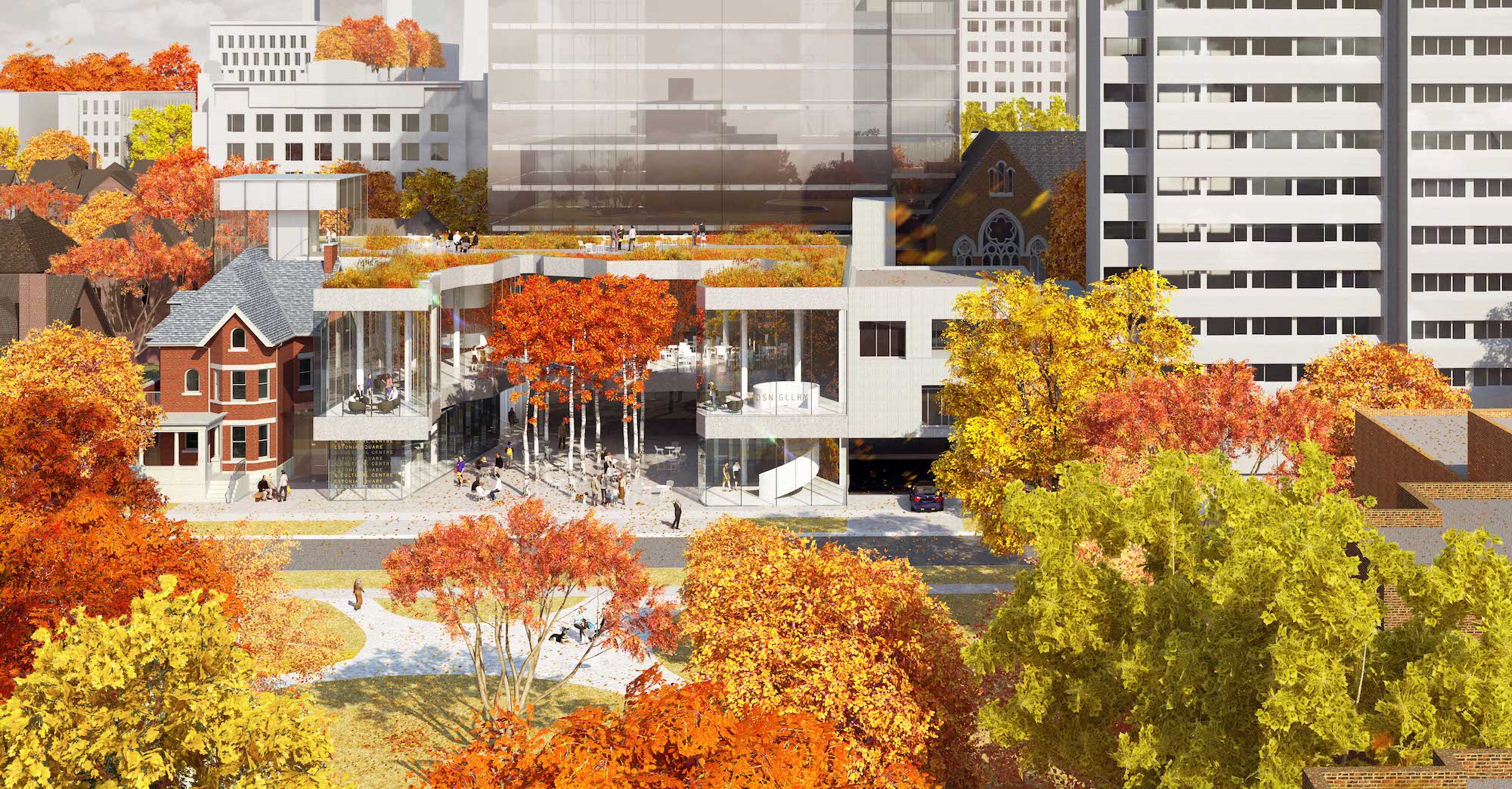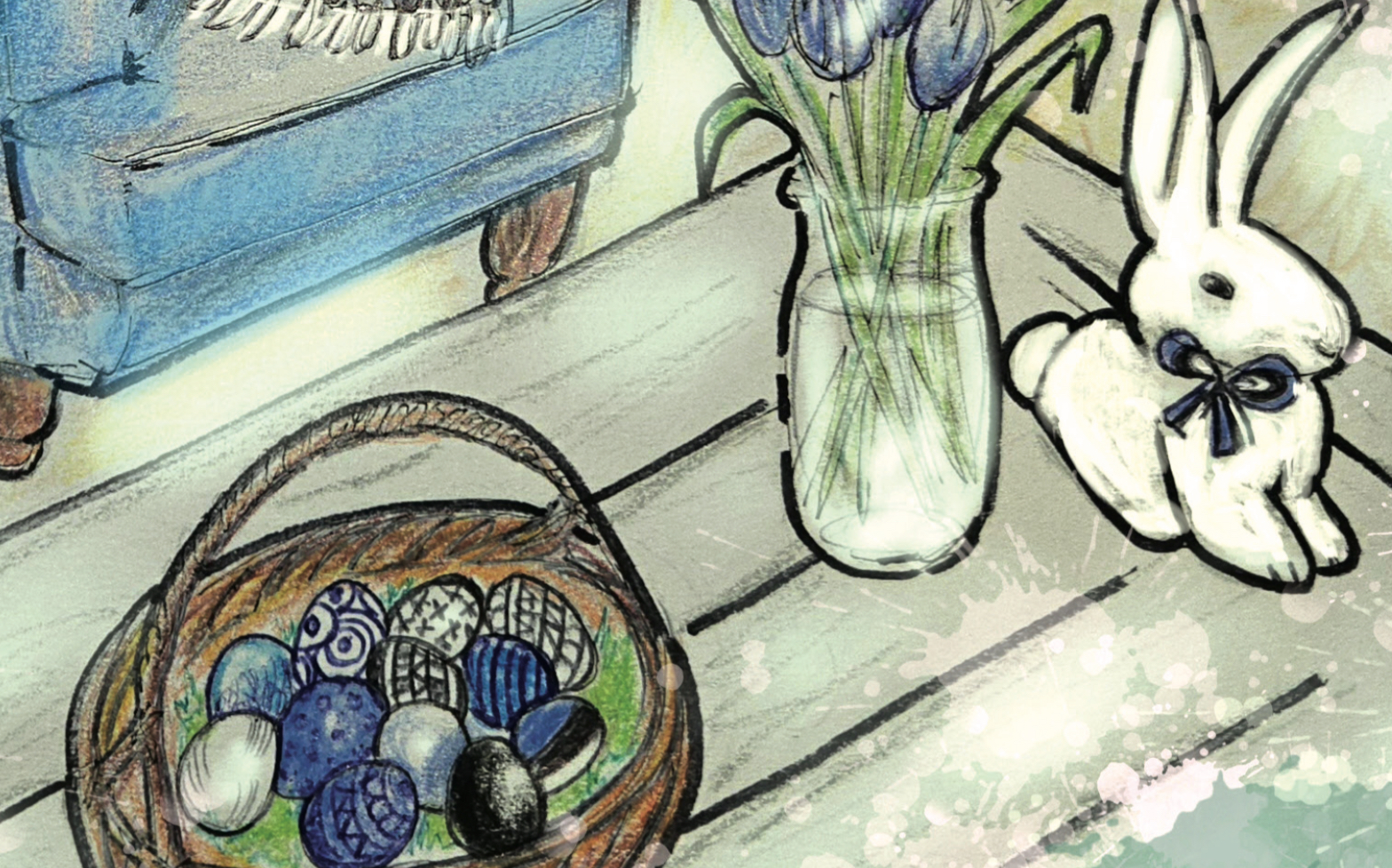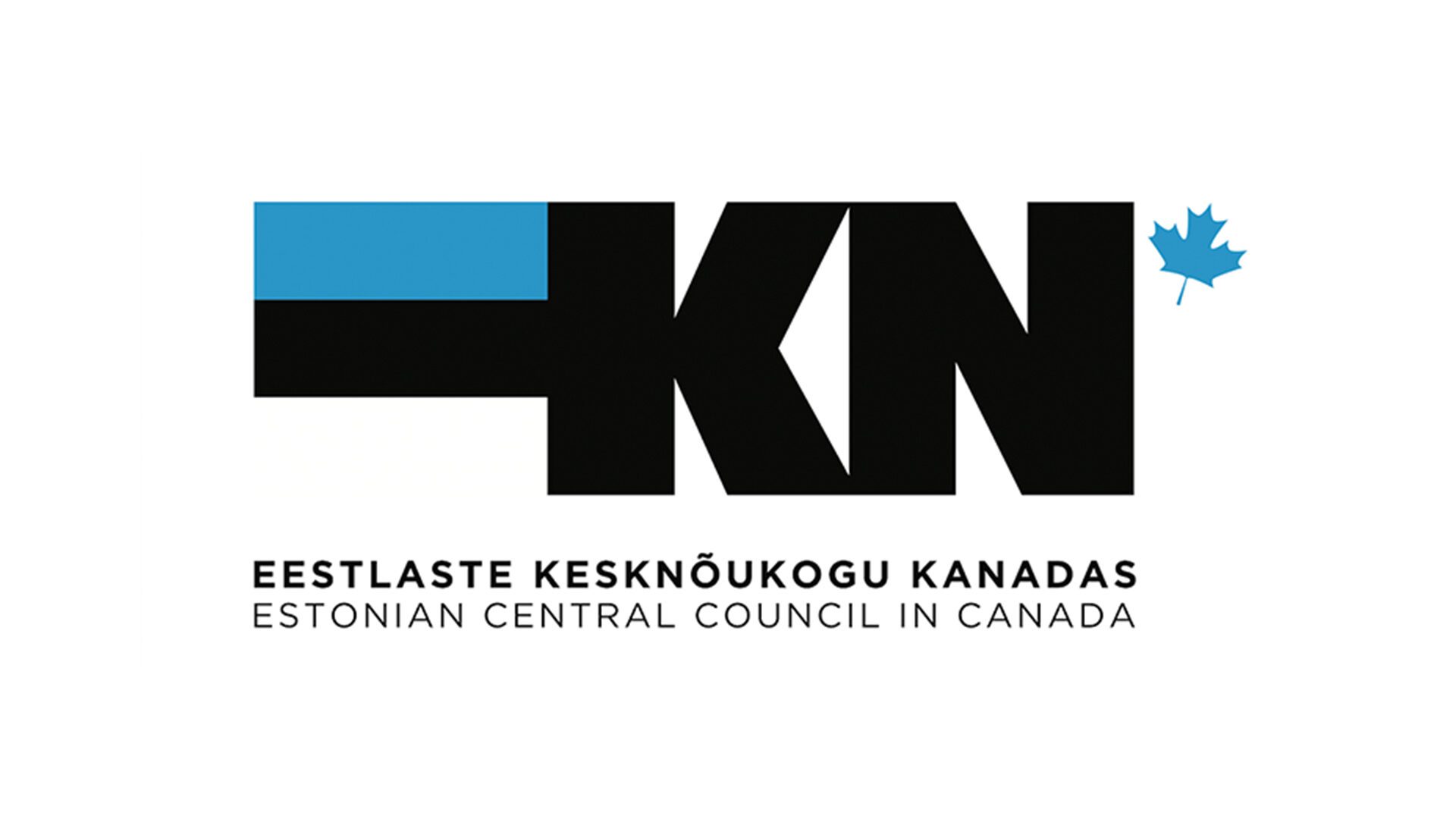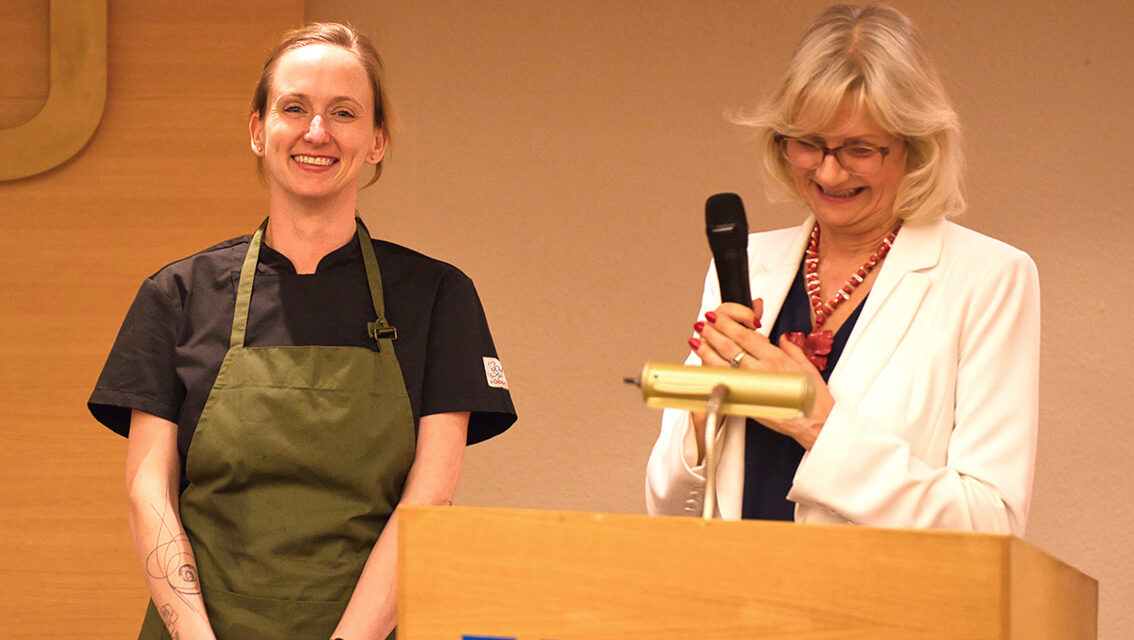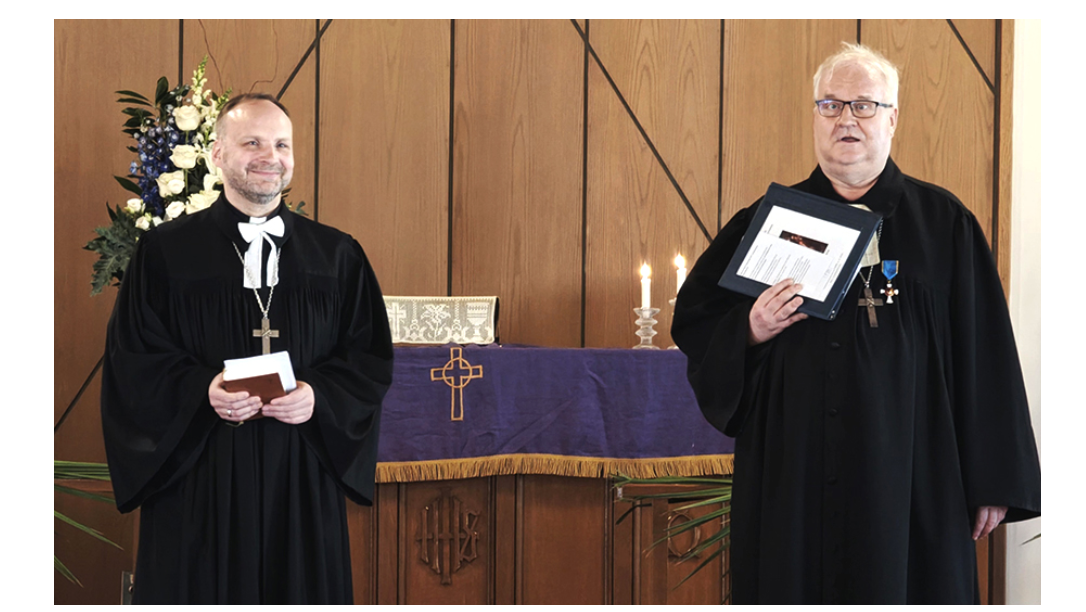Alar Kongats made a point about the future integration of the cultural centre with VEMU and through VEMU access to Tartu College. Up to now we have envisaged this possibility as something to be considered downstream in the future. If we dare to dream, and we think about it , it makes sense.
And we should do it now. Let me lay out the business case for it.
Functional Unity
1. The Estonian Cultural Centre and VEMU must work seamlessly together. This means that the floor levels of VEMU must match the floor levels of the Grand Hall of the Cultural centre. Current architectural plans for VEMU show that the floor levels for VEMU differ greatly from those of the new Cultural Centre. There is an elevator proposed for VEMU. Vemu has access to the loading dock of Tartu College. This becomes critical for event marketing. The loading dock and the VEMU elevator can be used to bring in the Audio-Visual equipment that event organizers need. This elevator can also be used to service the caterers. It leaves the other elevator free for guests and visitors. It also eliminates the need for a secondary elevator in the cultural centre.
2. By making VEMU the secondary entrance and egress to the Grand Hall, we free up the previous south entrance and hallway to the Cultural Centre for an alternate use. I suggest that this would be a tremendous frontage for the Estonian Credit Union. They would now have prominent frontage facing the public open space as well as street frontage to Madison. Visibility is critical for a commercial enterprise.
3. By integrating VEMU and Tartu College we have access to the kitchen facilities currently operated by the Buffeteria. Many of our caterers have expressed concerns about the access to a professional kitchen facility. We acknowledged their concerns and eliminated the kitchen in the basement of 11 Madison We replaced the kitchen with a food prep area adjacent to the grand hall. It is not a fully functional professional kitchen which we have maintained is critical for marketing the Grand Hall. Having the option of using the kitchen facilities in Tartu College increases the marketability of the Grand Hall. Alternatively, with the loading dock access, caterers would have the option of bringing their prepared food carts up to the Grand hall using the elevator in VEMU.
Construction Advantage
1. If we want to see VEMU built it must be done in conjunction with building the Cultural Centre. Once the Cultural Centre is built we lose access to construction staging areas and access to the VEMU footprint. Logically VEMU must be built before the Grand Hall and the south entrance to the ETCU facility.
2. By doing everything together there are construction synergies that can be incorporated. Construction equipment is on site, contractors are on site, site management is on site, the architect is on the job for both facilities to resolve any integration problems.
Financial Advantage
1. VEMU still needs $3.5 million dollars in financing to proceed. Fundraising efforts to date have been lackluster. We now have a high-profile Capital Campaign for the Cultural Centre. If VEMU became part of this fund-raising effort, it is likely that it would be more successful than our past efforts. The strategy and effort required to raise $12.0 million differs little from that of raising $8.0 million.
2. There is tremendous benefit to making VEMU part of the Capital Campaign. VEMU is already a charitable organization and able to give tax receipts for donations. The current concept of establishing a new charitable organization reporting through Estonian House is at least nine months away from approval and may in fact be denied. (Our own exuberance may in fact do us in. Projecting revenues of $900,000 with a profit of $200,000 from commercial event management does not qualify as a charitable organization)
Strategic Considerations
1. Fundraising has been undertaken for VEMU for close to ten years. Although it has not been as successful as we would have liked it to be, none the less over $850,000 has been donated through the community. If VEMU is deferred it is likely that it will not be built. People who have donated to VEMU will feel that their effort has been in vain and will be reluctant to embrace further fund-raising efforts.
2. Timing becomes critical for the financial sustainability of the project. We know that across from Tartu College on the northwest corner of Madison and Bloor Street is 316 Bloor Street West. The OMB has approved a 29-storey tower with a 5-storey base building with access to Madison Ave. We also know that at 300 Bloor Street West there will be built a 38-story office/residential complex. This will have a five-storey base building with no west facing windows backing onto the full width of our Grand hall proposal. The construction of these sites will impact the marketability of our cultural centre.
3. Ownership of the project has been projected as a continuation of Estonian House. This was a valid assumption when all the funding for the project was to be derived from the sale of 958 Broadview Ave. This is no longer the case. The original project will require funding from both debt financing and the Capital Campaign. In fact, this amount exceeds the funds expected from the sale of Estonian House. If we combine VEMU and the Cultural Centre, we can use the charitable designation of VEMU to support our capital campaign. This funding implies that VEMU should assume an ownership position for a portion of the Estonian Cultural Centre. This could be structured in the same way as owning a semi detached home. VEMU would assume ownership of the property on 9 Madison as well as its own building. The rest of the cultural centre would be owned by Estonian House. The entire centre including VEMU would be managed as one enterprise.
Conclusion and Recommendation
The Estonian Cultural Centre needs to be integrated with VEMU and Tartu College to be operationally viable. The proposed capital campaign makes it possible to consider building VEMU in conjunction with the cultural centre. VEMU brings to the table the requisite charitable designation that makes it possible to begin the Capital Campaign. To justify the disposition of funds, Vemu must assume proportional ownership of the Cultural Centre. VEMU must be built prior to the Grand Hall. The entire operation would benefit from a consolidated management approach. There should be one management structure for both the Estonian Cultural Centre and VEMU.
Väino Einola, Toronto
